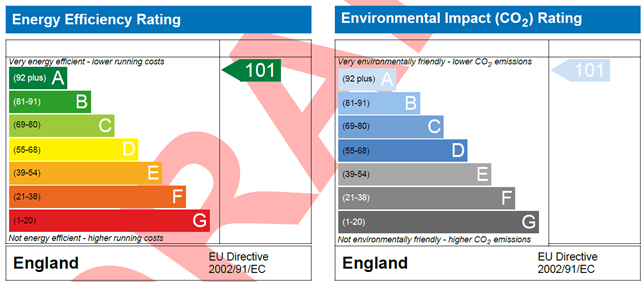Project | Europa Way, Warwick Net Zero Carbon Development
Warwick District Council
Net Zero Carbon Development at Europa Way, Warwick
The Project
Faithorn Farrell Timms were appointed by Warwick District Council in July 2020 to provide Employer’s Agent services for the provision of 54 new-build net carbon zero houses and flats at the Triangle, Europa Way, Warwick for affordable rent and shared ownership.
Our Role
Warwick District Council acquired a site adjacent to a larger ongoing development being built out by Vistry Partnerships. Warwick District Council identified the potential cost benefit of involving Vistry Partnerships particularly as infrastructure, service connections and estate/access roads could be shared.
In our role as Employer’s Agent’s, we assisted Warwick District Council with cost reviews and value exercises and together established that, if Vistry Partnerships standard house types were constructed albeit to Warwick District Council’s specification, then competitive build costs could be achieved.
Following our cost review, a Development Agreement was entered, and, with planning consent agreed by October 2020, construction started in November 2020 with a 12-month phased build programme for the 54 units.
The Challenges
Warwick District Council, having declared a climate emergency, are also concerned about future fuel poverty. Accordingly they sought a net zero carbon development but defining “carbon,” and how net zero was to be achieved and measured, needed to be agreed.
The Outcome
Regulated carbon, the carbon that falls within the auspices of the Building Regulations, was chosen as the focus and net zero was to be achieved as far as reasonably possible via a “fabric first” solution.
Insulation has been upgraded to exceed Building Regulations and air tightness increased to 4m3/h.m2. Embodied carbon, whilst not strictly a measured target, was reduced through timber frame construction.There is no direct gas/fossil fuel supply to the site as gas, by its very nature, is a carbon fuel so the only energy being used is electricity.
Heating and hot water is therefore being provided by Daikin air source heat pumps and hot water cylinders however, as the heat output of these is lower than standard boilers, the surface area of radiators needed to be increased to maintain internal temperatures. Consequently underfloor heating has been provided at ground floor level and larger radiators at first floor level. Renewable energy is being provided by photovoltaic panels at roof level.

The outcome has been independently measured in the Predicted Energy Assessments with a SAP rating of 101 (100 representing zero energy cost and anything over means energy is being exported)
Lessons Learnt
On a site-wide level the additional electrical load of the air source heat pumps and car charging, whilst offset by the photovoltaic panels on each property, still necessitated an increased size substation for the development.
On a management level, and although air source heat pumps are becoming increasingly popular, training is still needed in the principles of the system’s operation and maintenance. Countryside therefore worked with Warwick District Council in explaining to their housing management and maintenance teams the system principles and also established assistance for residents in the operation of the system then they move into their new homes.

